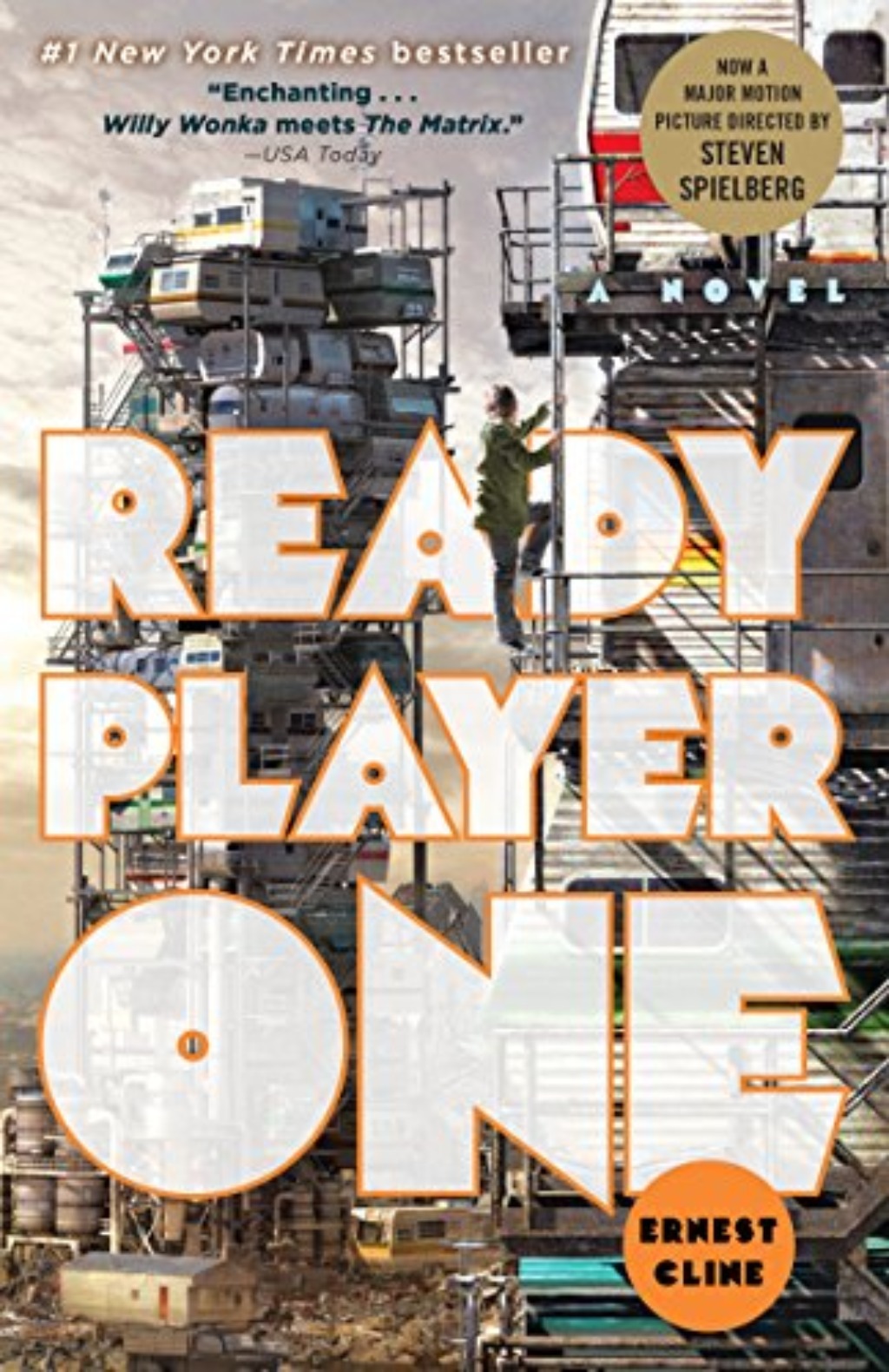Last week we discussed how to write for a child audience, and this week we’ll focus on how to write for a teen audience. You’ll notice that these two lists have a few items in common—some advice spans across children’s and young adult fiction, and all fiction in general. But in many ways, the teen years are very different from childhood, and so there are different ways of going about writing for each audience.
Here are ten tips on writing for a teen audience.

1) Read Great YA Books
As with children’s fiction (and any other type of fiction), the way to get inspired and study up on your genre is to read the greats. Track down YA classics and reread the books you remember loving when you were a teen. It’s also a good idea to research what have been the top-selling YA books in the past few years to get an idea of what’s popular nowadays.
Some successful YA titles include the later books in the Harry Potter series by J.K. Rowling (the series starts dealing with more mature themes and teenage angst in the fourth and fifth books), The Mortal Instruments series by Cassandra Clare, and Ready Player One by Ernest Cline. As mentioned in last week’s blog post, “The Lottery” by Shirley Jackson and “Harrison Bergeron” by Kurt Vonnegut are short stories that are often taught in school to children and teens alike (both included in this list of great short stories).

2) Look Through Your Old Journals and Other Writing
Before you embark on writing a young adult story, it’s important to get yourself into the right mindset. Whether you were a teen years and years ago or fairly recently, as an adult, it still takes a lot of effort to sink into that perspective. Luckily, there’s a handy way to help you get a handle on what it’s like to be a teen.
What can help a lot is reading through old journals you kept back then. Doing so will help you to absorb the way you thought during your teen years and how you chose to phrase things. If you weren’t much of a journal writer, don’t worry! You can also read through school papers and any other sort of writing you might have done. And if you don’t have any of those either, you can try out the next tip on this list.

3) Write Out Your Teenage Memories
Whether you have old journals on hand or not, this method is another great way to try to get inside your teenage head. Attempt to recall some of your most vivid memories as a teen—school plays, soccer games, memorable nights spent with friends, etc.—and try your best to write those memories out on paper. Really work to remember all the details you can.
You may be surprised to find yourself remembering aspects of those memories long forgotten. You’ll start to feel how you did back then and tap into your teenage self. This exercise can help bring you back to the intense feelings that go along with adolescence and give you ideas for your story.

4) Make a Playlist
I have one more suggestion for bringing yourself back to who you were and how you thought as a teen. Regular readers of the blog know that I am a huge fan of making playlists to help along the writing process. A playlist can be especially useful when it comes to getting in touch with your teenage self.
Sit down and make a list of all the songs you loved most as a teen. It may be the music you listened to while driving or laid on your bed listening to in your room. Though it’s not my favorite music anymore, Songs About Jane by Maroon 5 is always able to transport me behind the driver’s seat of my old Mazda Protégé. If there are particular movies or video games that you loved as a teen, you can look up the music from them as well.

5) Think About Your Characters’ Goals and Identities
This is a tip that applies to any sort of fiction, though perhaps most especially YA. Any worthwhile character should have goals and a sense of identity. But for teens, these things can feel particularly significant. They are still figuring out who they are in a way that adults aren’t, and what they want to do with their lives.
Your characters should be asking themselves questions like “What do I believe in?” and “What is my purpose in life?” They will also be trying to figure things out like who (if anyone) they love, if it really is love, and what they would do to protect that person. It’s good to list out what your characters’ goals are—secondary characters too, not just your protagonist—and what about their identities will get bring them closer or further away from those goals as the story progresses.

6) Be Concise
We discussed the importance of conciseness in last week’s post, and it is just as important in young adult fiction. Teens have a lot going on in their lives and don’t have time for overly long words and drawn-out sentences. Like children and adults, it should be perfectly all right for them to seek entertainment from a book and nothing more.
This is another tip that applies to more than just children’s and young adult fiction. Conciseness makes a writer’s story flow better and makes the pages fly by for the readers. Check out this post with advice on how to make your writing more concise.

7) Avoid Slang
When I used to read children’s and young adult manuscripts for a literary agent, I often cringed at adults’ attempts to make their characters sound like teens when they talked. These authors would stuff the characters’ dialogue with current slang that they had probably looked up online and constant references to social media.
While researching popular YA books is good, you don’t need to try to become an expert on teen slang. Slang is constantly changing anyway, so within a few months the slang you worked so hard to learn will become outdated. Overstuffing your story with slang will also come off as trying too hard. Just try to make your dialogue as natural as possible and don’t worry so much about slang. Here’s an article with tips to help you improve your dialogue.

8) Show Growth
Like a few other tips on this list, this one applies not just to YA fiction but to any type. No matter what sort of story you’re writing or for what audience, it is crucial that your characters grow and change over the course of the story. Characters who remain the same throughout a story without learning anything about the world and/or themselves are boring.
Characters like Harry Potter and Wade Watts go from ordinary, humdrum lives to learning through great trials and adventures that they can be heroes, showing fear and vulnerability along the way. It is deeply satisfying for a reader to watch a character end up in a different place—on the inside as well as outside—from where they started. Here is a post with advice to help you create satisfying character arcs.

9) Don’t Be Afraid of Darkness
When you are writing for younger readers, you may feel tempted to tiptoe around heavy subjects like tragedy and death. But it is during their teen years that many really start to consider their own mortality and that of those they love. Don’t be afraid to tackle these subjects—your readers can handle it and are likely eager for someone willing to be honest with them about darker topics.
Some authors who do a great job of dealing with dark, complicated topics for teens are John Green and Stephen Chbosky. They are able to take subjects like fatal illnesses and suicide and make them something teens can relate to. They also portray light along with that darkness, which we’ll discuss in the next section.

10) Offer Hope
While you shouldn’t be afraid of heavy subject matter, you should always leave teens with some hope in the end. If a beloved character dies, leave the other characters better for having known them, and perhaps inspired to do something great in their memory. And if a character has been through a trying experience, show that their lives have now changed for the better.
A lot of teens are going through tough times. So many confusing, conflicting emotions are bouncing through their brains, and they also have their complicated high school social hierarchies and love lives to worry about—not to mention figuring out what they want to do with their lives. So let them know that even when life seems bleak, there’s a light at the end of the tunnel. Teens often have trouble asking for help, and books can provide them with the cathartic sort of therapy they need.
A lot of people may think that writing for younger audiences should be easier than writing for adult ones, but it’s really not that different. No matter what you’re writing, it’s important to be concise and create satisfying character arcs. With writing for teens, remember how important it is to let yourself sink into that perspective and bring your own adolescent experiences and perspective to your story.
Soak Yourself in Fiction
Follow us on Facebook | Instagram | Twitter | Discord